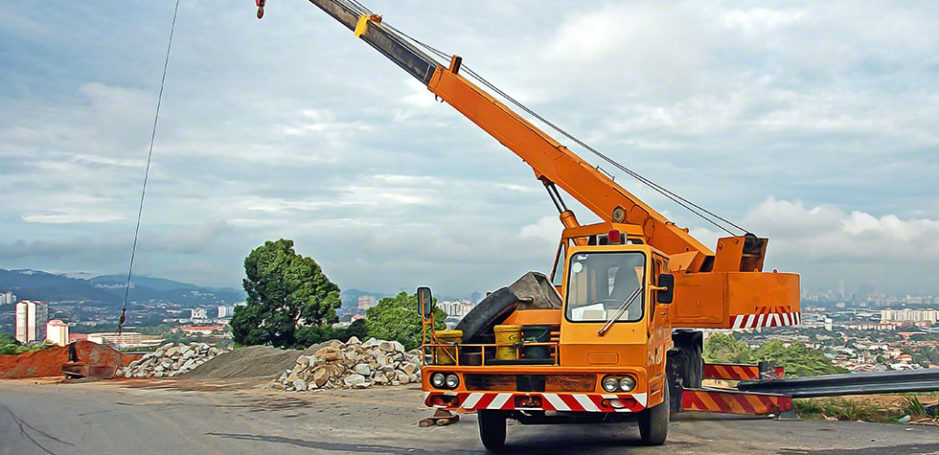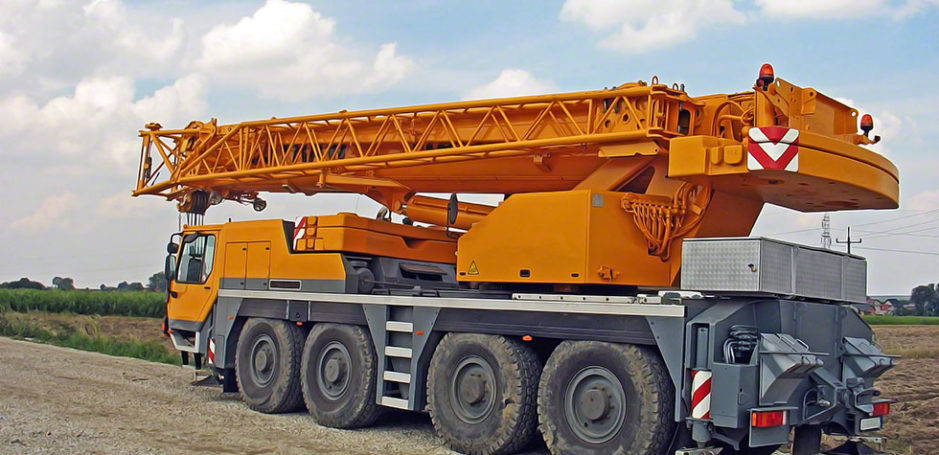If you are in the market for renting a crane, you will come across a variety of options that will make the entire process a little frustrating. However, if you know what you want such as a bridge crane, you should know how it works along with its different types. We will dive deeper into everything bridge cranes such as how are they different from other cranes, how do they work, what are their components and types, and more so you can make a better decision when considering a crane for rent.
How Are Bridge Cranes Different From The Others?
A bridge crane also known as an overhead bridge crane is a non-mobile crane system that utilizes a moveable bridge supported by a beam suspending from overhead. This means the crane can lift and shift loads in different directions but within the crane’s limited space.
These cranes are installed in warehouses, manufacturing, and other industries. Unlike the other cranes, these cranes do not come with a beam that allows them to extend their reach beyond a certain limit. Their primary purpose is to simply pick and unload items or components on conveyor belts.
Furthermore, bridge overhead cranes are also capable of lifting extremely heavy weights. These cranes can also be operated via remote control. At the same time, you have a wider range of motion with these cranes as compared to overhead cranes. Some manufacturing facilities have become so advanced that they use bridge cranes powered by artificial intelligence to perform accurate movements.
How Does A Bridge Crane Work?
Although bridge cranes are smart and effective machines, you need to understand how they work to keep the working environment safe and sound. There is a trolley that moves the bridge along the beam. The trolley-shaped structure moves on wheels installed on the beam.
If you take a closer look at the structure of a bridge crane, you will notice that it forms a rectangular structure with the crane running transversely across it. The crane can lift and unload weights within the proximity and cannot travel beyond the tracks on both sides.
Bridge Crane Components & Terminology
Now that you have understood the concept around bridge cranes, it is time for you to become familiar with some common bridge crane components & terminology. It’s important to understand because it will help you pick a crane with the right configurations. Then again, bridge cranes differ in shape, size, and type.
These cranes are also custom-made to suit your particular needs and requirements. So, a bridge crane might look the same but come with different specifications and features to manage different types of weights. As mentioned earlier, bridge cranes comprise a bridge, trolley, runway, and a hoist.
Each part of the crane works together to lift and shift the loads. These components are different based on the objective the crane has to achieve. For instance, a bridge crane installed in an automotive manufacturing facility will help move the vehicle’s body or interior from one section to another.
This means the crane does not only need to be able to pick up the load but also keep it stable. However, in the case of a bridge crane installed in a warehouse, it will need to shift loads to and from the storage racks to the delivery section.
Similarly, the crane capacity, span, lift, or hook height along with the trolley hoist and bridge girders is some basic terminology that will help you narrow down your options. This terminology comes in handy while you are looking for the perfect bridge crane to rent.
It gives you and the crane rental DC a clear idea of what you need. As a result, it helps save time and effort on both ends with parties making wild guesses about what they need. The differences in these components determine whether the crane you are opting for will be able to perform or handle the task.
If you find it difficult to understand, make sure you consult an expert and gather multiple opinions before making the final decision.
Types Of Bridge Cranes
Bridge cranes also have various types. These cranes are classified with respect to the number of hoists a crane has and how it works.
The most common type happens to be the under-running crane that utilizes a pair of rails installed on two runway beams with one lifting hoist. These cranes can lift weights up to 50 tons.
There are also single girder cranes. These bridge cranes have a single girder that is used for taking the load of the crane. They are lighter so they also lift less load than double girder cranes explained below.
A double girder bridge crane as the term suggests comes with two trolleys and bridges and girders. This means these cranes can lift weights of up to 100 tons. However, these cranes also require more space than single-girder cranes.
In addition to that, a gantry crane is also a type of bridge crane. In this type, the overhead beam is not used for supporting the weight of the crane. Instead, the crane utilizes a pair of legs that come down from the ceiling. This crane can require space of about 100 feet for functioning properly. Moreover, the lifting weight capacity of gantry cranes is up to 25 tons.
Do Bridge Cranes Require Maintenance?
One thing you need to keep in mind while searching for the right bridge crane is maintenance. Because you are renting one and rental cranes are used in different working environments, the cranes may miss out on their scheduled maintenance procedures.
It is also done voluntarily on behalf of the rental company to save costs. Some states have strict regulations regarding crane maintenance. This is because cranes work in a crowded environment and can cause severe damage if anything goes wrong.
Plus, the constant weight lifting and shifting takes a toll on the components as well. This is why cracks, leakages, or minor damages are normal. However, they need to be fixed before the crane can be used again. That said, while picking out a crane, you should go through its maintenance log to ensure the rental company follows the state regulations.
Moreover, it is also your responsibility to perform regular inspections and maintenance on the crane while it is busy handling your tasks. This is important to ensure everything goes smoothly. If you observe weird sounds or noises, inform the company immediately.
You might be tempted to opt for a cheaper crane with little to no maintenance over an expensive one. But that might drag you into a legal battle if a serious accident takes place. So, go through the specifications and the other relevant information in detail and cross-compare them as well to make a smart decision.
Conclusion
Renting a bridge crane can be an overwhelming task. However, the detailed information mentioned above will surely make it a lot easier. Make sure that you time your time and be patient. Renting a crane is an expensive process and the last thing you would want is opting for a type that is hardly compatible with your needs and preferences. Discuss your requirements with crane services VA as well for choosing the right crane for your project.



